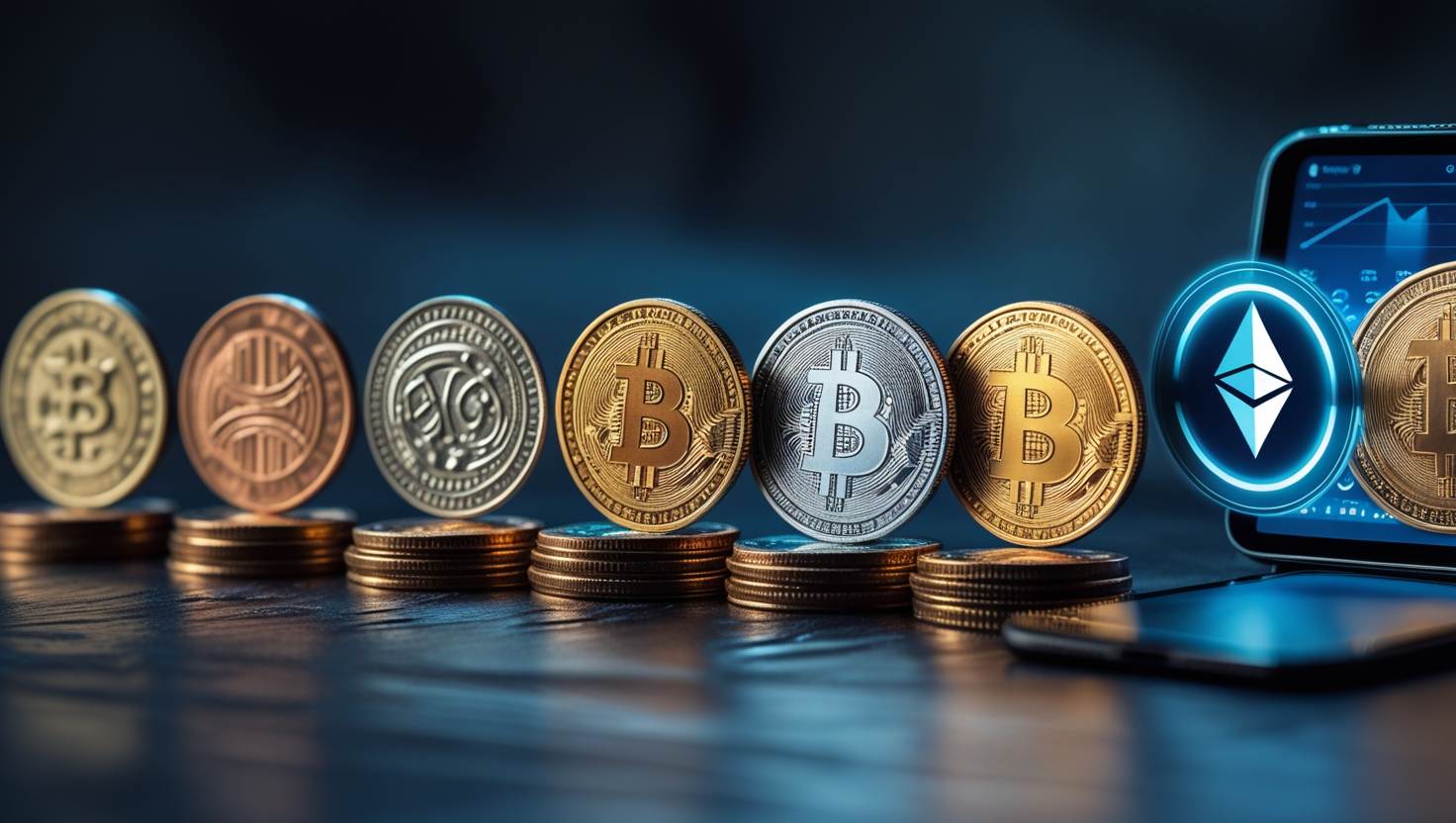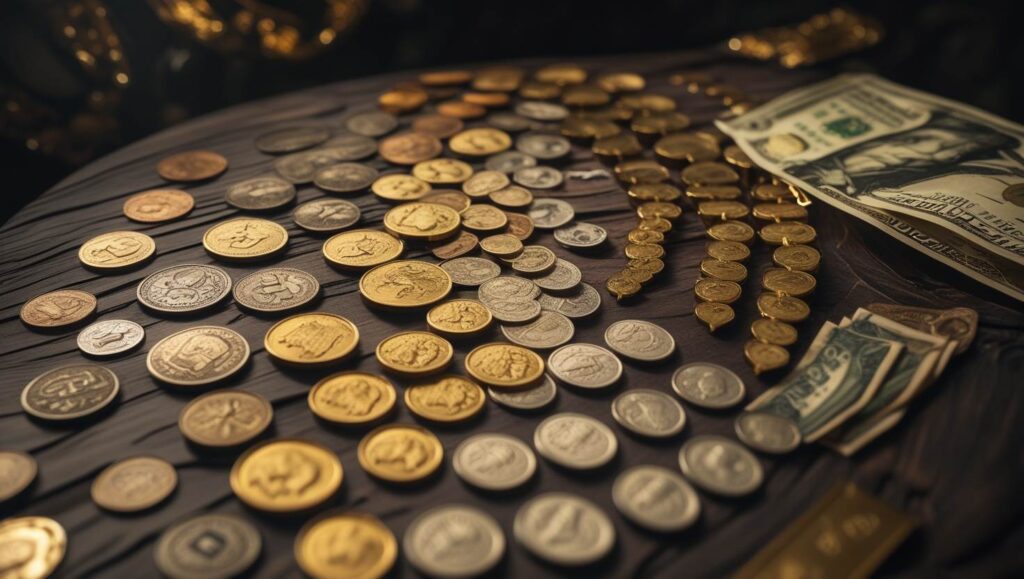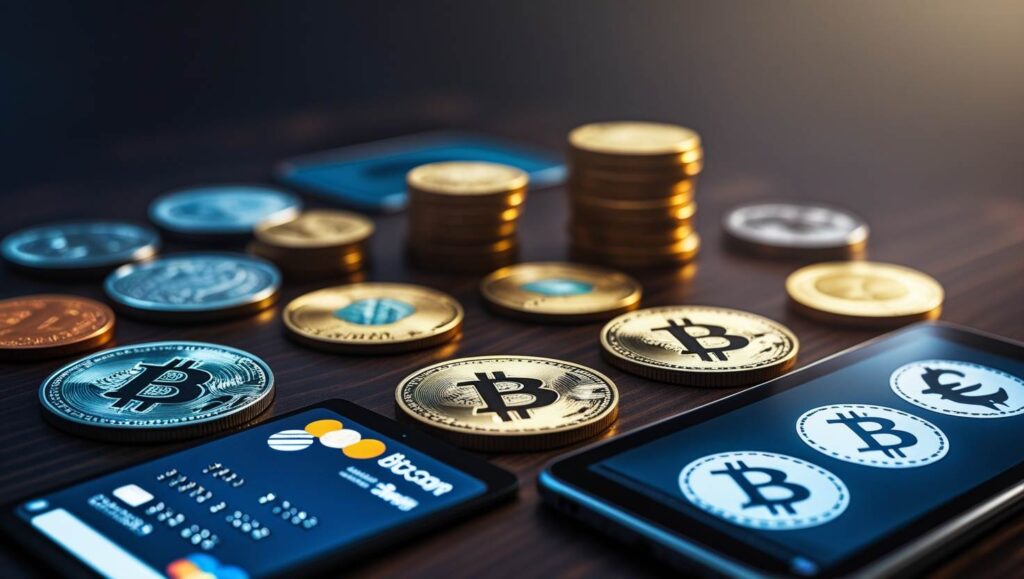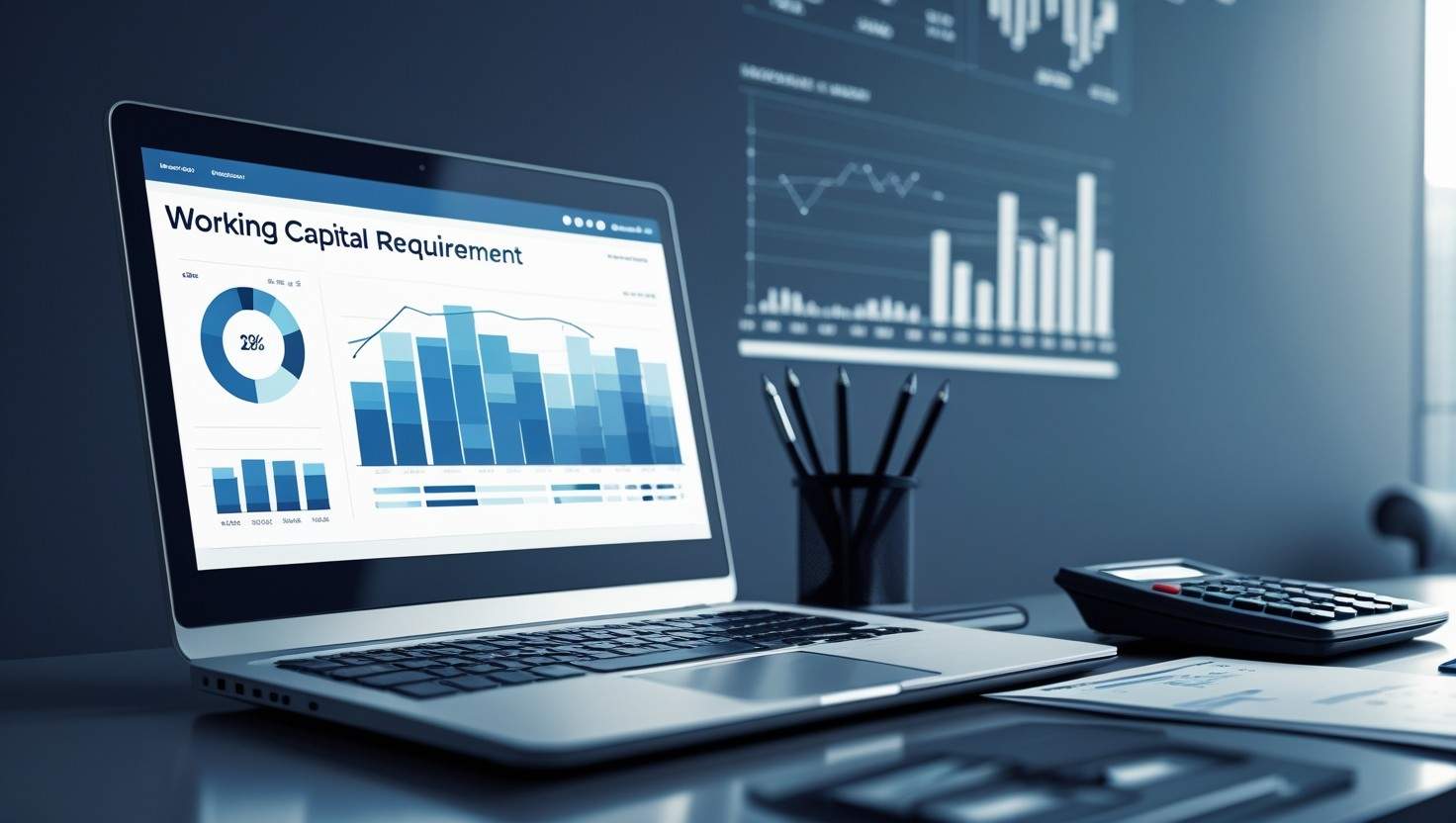
Money is more than just paper in your wallet or numbers on a screen. It’s the lifeblood of economies, a symbol of value, and a cornerstone of human progress. From the earliest barter trades to tapping your phone to pay for a coffee, money has evolved with us, reflecting our innovations, ambitions, and values. This transformation didn’t happen overnight—it’s a journey that spans thousands of years, driven by necessity, creativity, and technology.
In this deep dive, we’ll explore the remarkable history of money—from its humble beginnings in barter systems to the cutting-edge world of digital currencies. Along the way, we’ll see how each stage of money’s evolution changed the way people live, trade, and connect.
What is Money?
At its most basic, money is a tool—an instrument that helps us exchange goods and services without the complications of direct trade. But that’s just scratching the surface. Economists define money based on three essential functions: it’s a medium of exchange, a unit of account, and a store of value. Each of these roles helps make trade smoother and more efficient.
For instance, imagine trying to swap a cow for sacks of grain without any common value system—how much grain equals one cow? Money solves that problem by giving everything a comparable value. It also helps you save your earnings and use them later without worrying if your wealth will spoil, like fruit or meat might. In today’s world, money appears in many forms—physical coins and bills, bank accounts, credit cards, and digital currencies. Though the form has changed, the purpose remains the same: to facilitate exchange.
When Was Money Invented?
The idea of money stretches far back into prehistory, but pinpointing its exact “invention” is nearly impossible. That’s because money didn’t just appear one day; it slowly emerged as societies grew more complex. Most historians agree that the earliest forms of money began to take shape around 3000 to 2000 BCE, as people sought better ways to trade than simple bartering.
Over time, various objects with intrinsic value—like cattle, shells, or grain—became early stand-ins for money. These eventually evolved into standardized coins, first minted around 600 BCE in Lydia (modern-day Turkey). Later, China pioneered the use of paper money in the Tang Dynasty. Each of these innovations brought us closer to the modern financial systems we rely on today. And as human society advanced, so did the sophistication of its money.
Evolution of Classical Money

The Barter System: Trading Goods Without Currency
Before money, there was barter. This system of direct exchange allowed people to trade what they had for what they needed. A farmer with extra wheat could trade it for a blacksmith’s tools. Simple, right? But this system had a major flaw—it required a “double coincidence of wants.” Both parties needed to want what the other offered at the same time.
Let’s say you have eggs and want firewood. If the person with firewood doesn’t need eggs, you’re out of luck. This made trade time-consuming and inefficient, especially as societies grew and trade expanded. The barter system might have worked in small villages, but in larger economies, it just couldn’t keep up. People began to realize they needed a more flexible, universally accepted system of exchange—and that’s where the idea of money began to form.
Commodity Money: Using Value to Represent Value
To solve the inefficiencies of barter, ancient societies started using commodity money—items that had inherent value and could be traded more easily. Think salt, cattle, cocoa beans, or cowrie shells. These items weren’t just trade tools; they had real worth in daily life. Salt could preserve food, and cattle provided milk, meat, and labor. So, even if someone didn’t immediately need what you had, they’d still accept it, knowing it was useful.
Different cultures developed their own forms of commodity money based on local resources. In ancient Rome, soldiers were often paid in salt, which is where the word “salary” originates. In parts of Africa, glass beads and metal tools were widely accepted. This era of money laid the groundwork for standardized value and universal trade. Commodity money proved that for a currency system to work, it had to be both functional and trusted.
Metal Coins: The Birth of Standardized Currency
The next big leap came with metal coins. Around 600 BCE, the ancient Lydians began minting coins from electrum, a natural mix of gold and silver. These coins were stamped to indicate weight and authenticity, creating one of the first standardized forms of money. Coins quickly caught on because they solved many problems at once.
They were durable, portable, and easy to divide into smaller amounts. This made them ideal for everything from everyday shopping to large-scale trade. Over time, coins spread through ancient Greece, Rome, India, and China. Governments controlled the minting process, which added a layer of trust and regulation. Coins also helped fund wars, build infrastructure, and shape empires. For centuries, they were the foundation of commerce.
Paper Money: Lightweight and Revolutionary
While Europe still clung to metal coins, China made another groundbreaking move: paper money. During the Tang Dynasty (7th–10th century), Chinese merchants began using promissory notes to avoid carrying heavy coins on long trade routes. The Song Dynasty later formalized this system by issuing government-backed paper currency.
This form of money had clear advantages. It was lightweight, easy to transport, and could be issued in large denominations. Paper money also made it easier for states to regulate currency and stimulate economic activity. Marco Polo famously wrote about China’s paper money during his travels in the 13th century, describing it as a marvel. Eventually, Europe caught on, and by the 17th century, banks began issuing paper notes that led to today’s fiat currencies—money backed not by gold, but by the trust in the government.
Evolution of Modern Money

Banking Systems: Laying the Financial Foundation
As trade and money systems matured, people needed secure places to store their wealth. That gave rise to banks. Early banks started in Renaissance Italy as institutions where merchants could deposit coins and receive promissory notes. Over time, banks began lending money, issuing notes, and facilitating transactions between cities and countries.
The role of banks expanded dramatically in the 17th and 18th centuries. The Bank of England, established in 1694, pioneered many aspects of modern central banking. Banks became the engine behind economic growth, helping businesses expand and governments finance projects. Today, banks still serve as vital intermediaries, offering services from savings accounts to international wire transfers. Without them, modern economies wouldn’t function.
The Digital Transformation: Cards, Apps, and Online Payments
In the 20th century, the next big shift came not in physical currency but in how we access and use money. Credit and debit cards revolutionized personal finance. Introduced in the 1950s, credit cards allowed people to borrow money for purchases and pay it back over time. They also introduced benefits like points, cashback, and fraud protection.
Debit cards came later, offering real-time access to your own money without borrowing. These plastic tools made shopping simpler, faster, and safer. As technology advanced, point-of-sale systems and ATMs made cashless transactions a part of daily life. You no longer had to carry wads of cash—just a slim card in your wallet.
Online Payments: A New Way to Move Money

Then came the internet. As online shopping grew, so did the need for secure, digital payment systems. Companies like PayPal, Stripe, and Square stepped in, allowing users to send money, pay for goods, and even donate to causes with a few clicks. Platforms like Venmo and Zelle took things further, making peer-to-peer payments instant and easy.
Digital wallets like Apple Pay and Google Pay added another layer of convenience. With just a tap of your phone, you could buy groceries or coffee. These systems use encryption, biometric verification, and tokenization to protect users, making them not only convenient but also secure.
Cryptocurrencies: Entering the Age of Decentralization
The latest chapter in the evolution of money came in 2009 with Bitcoin. Created by an anonymous figure named Satoshi Nakamoto, Bitcoin introduced the world to decentralized digital currency powered by blockchain technology. Unlike traditional money, Bitcoin isn’t issued or controlled by any government. It’s mined, traded, and stored on a peer-to-peer network, making it transparent and hard to manipulate.
Since then, thousands of cryptocurrencies have emerged, including Ethereum (which allows for smart contracts) and stablecoins like USDC, pegged to real-world currencies. Though volatile, crypto has sparked new conversations about the future of money, privacy, and financial freedom. It’s not just an investment—it’s a movement.
Security in the Age of Digital Money
With all this innovation comes responsibility—especially when it comes to security. Digital money systems have built-in safeguards like two-factor authentication, real-time fraud detection, and biometric verification. These tools help protect users from theft and ensure that transactions are safe.
Tokenization replaces sensitive card details with encrypted codes. Machine learning algorithms scan for unusual activity. And banks offer zero-liability protection for unauthorized charges. The result? Peace of mind in a world where money is increasingly just data on a screen.
Conclusion: The Journey Isn’t Over
From bartering goats for grain to sending crypto across continents, the story of money is one of constant change. Each era has brought new challenges and breakthroughs, reshaping how we live, trade, and interact. And the journey isn’t over. As technology continues to evolve, so too will the way we think about value and exchange.
Money is no longer just a physical object—it’s an idea. A system. A tool. Whether in your hand or on your phone, it continues to reflect who we are and where we’re headed. The future of money is digital, decentralized, and undeniably human.





